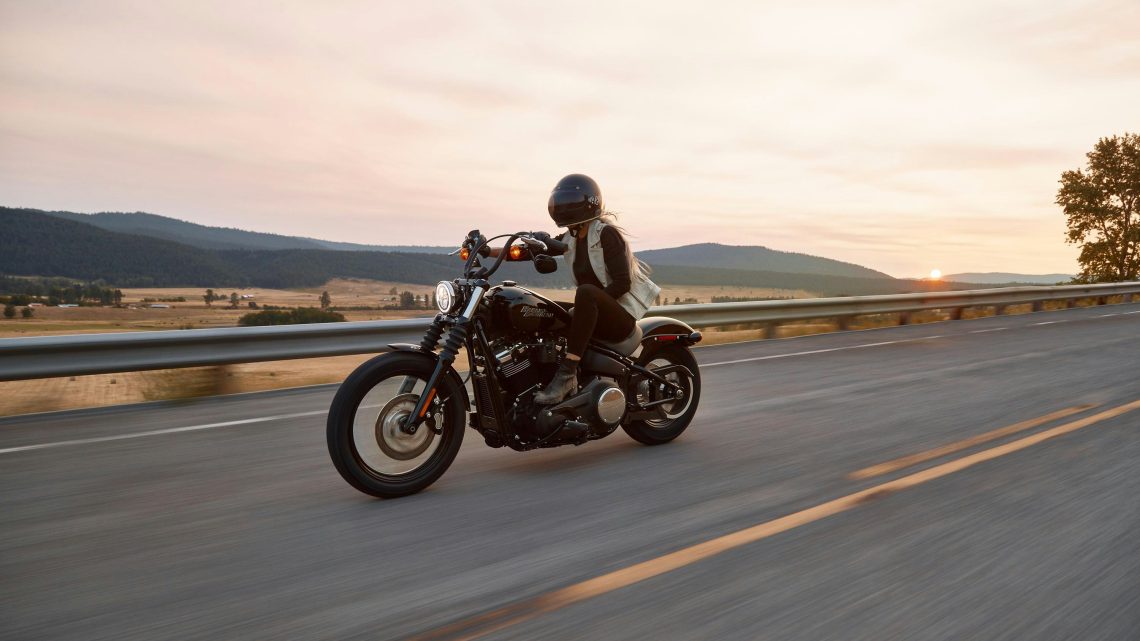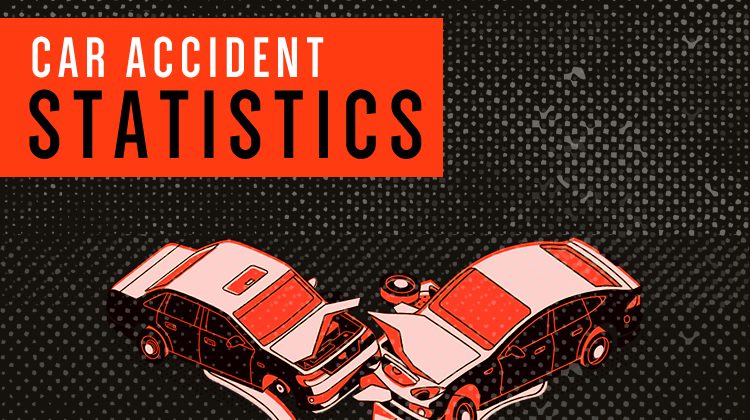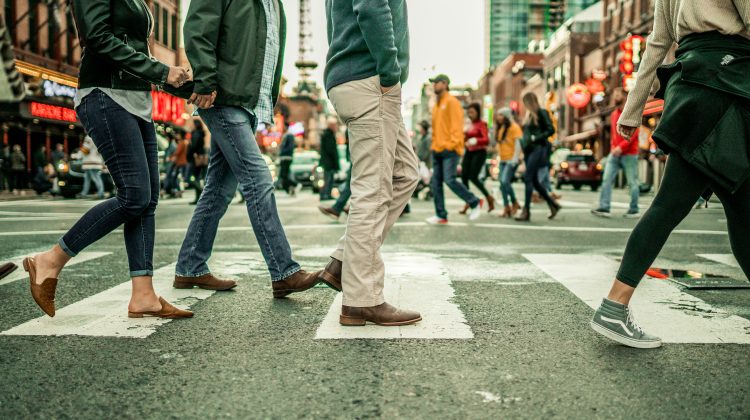Motorcycle safety is a critical issue for riders across the United States. With motorcyclists being among the most vulnerable road users, understanding the risks associated with different states can help riders make informed decisions and stay safe on the road. A 2025 study conducted by Caruso Law Offices analyzed data from the Fatality Analysis Reporting System (FARS), spanning from 2020 to 2022. It revealed significant trends in motorcycle fatalities, highlighting the safest and deadliest states for riders.
Overview of the Findings
The analysis of motorcycle fatalities over a three-year period uncovered several important trends. Nationwide, motorcycle fatalities increased by 11%, with 17,852 crash-related deaths recorded between 2020 and 2022. In 2022 alone, there were 6,219 fatalities, marking a concerning rise in motorcycle-related deaths. The study also identified states where motorcyclists face the highest and lowest risks, offering valuable insights for riders and policymakers alike.
The Safest States for Motorcyclists
1. South Dakota
South Dakota stands out as the safest state for motorcyclists, with a 45% decrease in fatalities between 2020 and 2022. This improvement may be attributed to factors such as:
- Strong safety campaigns: Increased awareness of motorcycle safety.
- Better road conditions: Well-maintained roads and lower traffic density.
- Rider education: Emphasis on training and responsible riding practices.
2. Wisconsin and Kansas
Wisconsin and Kansas also saw significant decreases in motorcycle fatalities, with reductions of 28% and 24%, respectively. These states have implemented measures such as:
- Comprehensive helmet laws: Encouraging higher helmet use among riders.
- Effective enforcement: Stricter DUI laws and speed limits.
- Community engagement: Local rider groups promoting safe riding habits.
Other low-risk states include Vermont and Maine, which have consistently reported low fatality rates due to their smaller populations and lower traffic volumes.
The Deadliest States for Motorcyclists
1. Florida
Florida ranks as the deadliest state for motorcyclists, with 1,918 fatalities reported over three years. The state’s warm climate and year-round riding opportunities make it a popular destination for riders, but these factors also contribute to higher risks. Key issues in Florida include:
- Low helmet use: 48% of riders involved in fatal crashes were not wearing helmets.
- Alcohol involvement: 15% of riders had a blood alcohol concentration (BAC) of 0.08 or higher.
- Rising fatalities: Florida experienced an 11% increase in motorcycle fatalities during the study period.
2. Texas
Texas follows closely, with 1,598 motorcycle fatalities over the same period. The state’s extensive road network and vibrant motorcycle culture draw riders, but safety challenges remain. Key factors in Texas include:
- Moderate helmet use: 67% of riders in fatal crashes were wearing helmets.
- High alcohol involvement: 18% of riders were legally impaired.
- Speeding: 16% of fatalities involved speeding or racing.
3. Colorado
Colorado ranks third, with unique risks tied to its mountainous terrain and scenic roads. The state reported:
- High rates of speeding or racing: 40% of fatalities involved these behaviors.
- Low helmet use: 52% of riders in fatal crashes were not wearing helmets.
- Challenging road conditions: Mountainous terrain and winding roads increase the likelihood of accidents.
Other high-risk states include Arkansas and Missouri, which also reported elevated fatality rates per 10,000 registered motorcycles.
Key Factors Influencing Motorcycle Safety
Helmet Laws
Helmet use is one of the most significant factors influencing motorcycle fatality rates. States with universal helmet laws, such as California and Alabama, report over 85% helmet use in fatal crashes. In contrast, states with partial or no helmet laws, like Florida and Texas, see much lower compliance rates. The data shows that 36% of motorcycle fatalities involved riders not wearing helmets, underscoring the importance of protective gear.
Alcohol Involvement
Alcohol plays a major role in motorcycle fatalities. It is illegal to drive with a BAC of .08 or higher in all 50 states, the District of Columbia and Puerto Rico, except in Utah where the BAC limit is .05. This study revealed 17% of riders in fatal crashes having a BAC of 0.08 or higher. States like New Hampshire and Rhode Island reported the highest percentages of alcohol-related fatalities, while Mississippi and Arizona had the lowest. This highlights the need for stricter DUI enforcement and public awareness campaigns.
Road Conditions and Terrain
Road quality and terrain also impact motorcycle safety. States with challenging road conditions, such as Colorado’s mountainous roads or Alaska’s remote highways, tend to have higher fatality rates. In contrast, states with well-maintained roads and lower traffic volumes, like South Dakota, see fewer accidents.
Rider Behavior
Risky behaviors like speeding and racing contribute significantly to motorcycle fatalities. For example, 22% of Suzuki riders involved in fatal crashes were speeding or racing, compared to just 9% of Harley-Davidson riders. This suggests that rider behavior varies by motorcycle make and culture.
Tips for Riding in High-Risk States
If you’re planning to ride in a high-risk state, follow these safety tips:
- Always Wear a Helmet: Even in states without universal helmet laws, wearing a helmet can save your life.
- Avoid Alcohol: Never ride under the influence of alcohol or drugs.
- Stay Alert: Be extra cautious in high-traffic areas and on unfamiliar roads.
- Take a Training Course: Advanced rider training can help you navigate challenging conditions.
- Check Your Bike: Regularly maintain your motorcycle to ensure it’s in good working condition.
The analysis of motorcycle fatalities provides valuable insights into the risks riders face across the United States. By understanding the factors that contribute to safety—such as helmet laws, alcohol involvement, and road conditions—motorcyclists can take proactive steps to protect themselves on the road. Whether you’re riding in a high-risk state like Florida or a safer state like South Dakota, staying informed and vigilant is key to staying safe.







No Comment